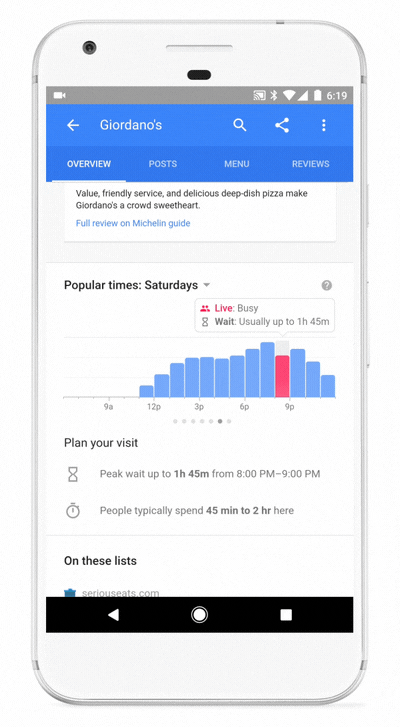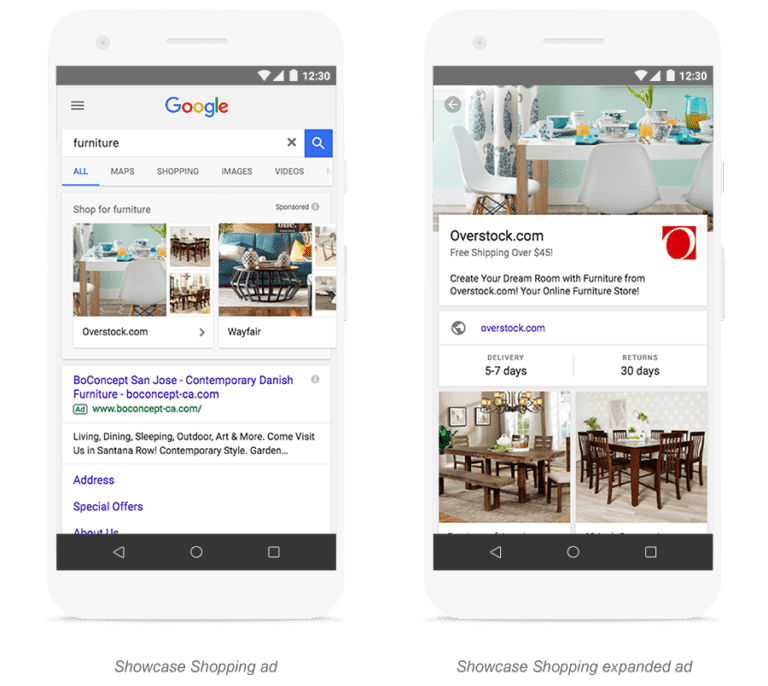Our latest roundup of all the Google updates you need to know about.
Defense against fake news
To combat fake news, Google has launched a knowledge graph card for news publishers. The new card will give searchers information about publications, such as popular topics, third-party investigations and awards—all available directly within search results.
The goal: to give searchers a bit of peace of mind (education!) about the publications they see in their search results, especially the ones they may not be familiar with.
Know before you go: Restaurant wait times
Raise your hand if you like waiting for a table at a restaurant. Nobody? No surprises there.
Google is hacking the frustrating of wait times by giving restaurant goers the intel before they show up to a restaurant. This coveted detail will appear in local search results, within the “popular times” area.
Everything will appear in real-time, and you can scroll through the popular times to get an idea of when to go if you’re not game for a two-hour wait.
New look for the Mobile Search Results page
The search results page is undergoing a fancy update, which has been in test mode for several months now.
You might even be experiencing it rolled out live to your phone. This is big news since it’s the first mega redesign of the search results page since 2013. This one includes a wider query bar, and a modern, white background, free of clutter.
Searches now linked to location (versus domain)
Guess what: one in five searches is location-related!
So, Google’s ditching their former strategy of linking search results to a country’s domain and instead making them all search related, defaulting to wherever in the world the searcher is at that time.
Update on the Mobile First index
Google says its mobile-first index rollout is going according to plan, but a full timeline is still a bit uncertain.
As of late October, the new index has hit a few sites, but the exact number is unclear. Google has said its still in test phase.
So, how is Google choosing which sites to rollover? Here’s a bit of intel:
“In selecting sites to be switched over, Google has set up “classifiers” to define how ready a site is for the mobile-first index. Classifiers determine how equal or comparable the desktop site is to the mobile site when it comes to content, links, schema, multimedia, etc…If the content, links, schema and so on all match at a 100 percent level, Google is more likely to take that site to the mobile-first indexing stage.”
Get ready for the holidays: New shopping reporting features
Local search is where it’s at, and there’s no bigger time of year for this than the holiday season. In preparation for holiday shoppers, Google has announced that it’s going to roll out some nifty new features to help retailers with enhanced reporting capabilities.
The biggest driver of this decision: the fact that mobile rules our lives!
So, help shoppers and retailers alike, Google will now be tying inventory data into search results provided by Google Assistant. They’ll also beef up their shopper store visit metrics.

